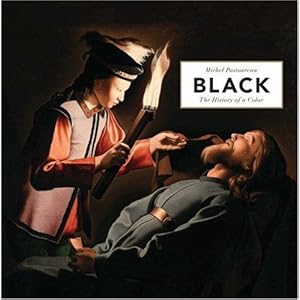
BOM for Sept: Reality Hunger: a Manifesto, David Shields.
Knopf. 2010.
Probably the best way to review David Shields’ bizarre new screed Reality Hunger: A Manifesto is to present one passage:
I find nearly all the moves the traditional novel makes unbelievably predictable, tired, contrived, and essentially purposeless…
I like work that’s focused not only page by page but line by line on what
the writer really cares about rather than hoping that what the writer cares
about will somehow mysteriously creep through the cracks of narrative,
which is the way I experience most stories and novels.
If you’re the kind of writer, reader, or thinker who reads this fatuous passage as a neat indictment of its author’s shallowness and general stupidity, you’re not going to have a meaningfully different experience with the rest of the book and its glib pronouncements, which greatly outnumber and overwhelm the few interesting explorations it affords.
If you, however, read it with a fist pump and an “in your face, traditional novel!” read the rest of the book.





